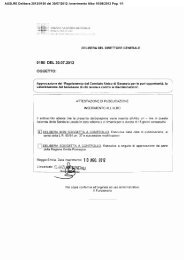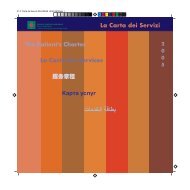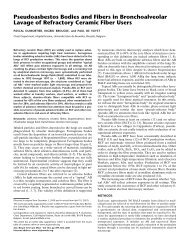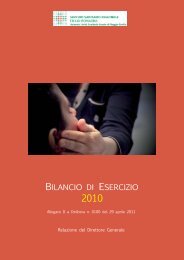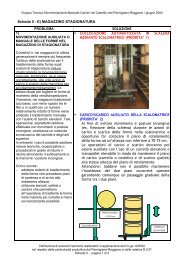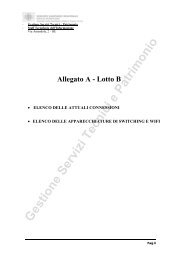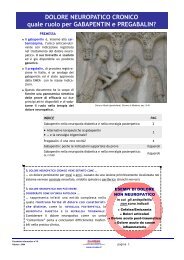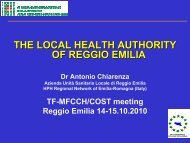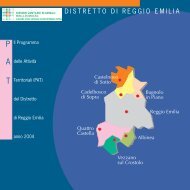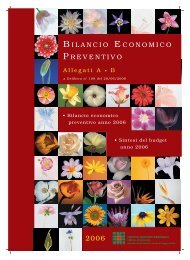Methods for the determination of the hazardous properties - TSAR
Methods for the determination of the hazardous properties - TSAR
Methods for the determination of the hazardous properties - TSAR
Create successful ePaper yourself
Turn your PDF publications into a flip-book with our unique Google optimized e-Paper software.
ECB/TM/27 rev.7<br />
BXX. Biopersistence <strong>of</strong> Fibres. Intratracheal Instillation<br />
1. METHOD<br />
1.1 INTRODUCTION<br />
See General Introduction Part B(in Annex V <strong>of</strong> Dir. 67/548/EC).<br />
1.2 DEFINITIONS<br />
1. See General Introduction Part B in addition to <strong>the</strong> following:<br />
2. Biopersistence: The ability <strong>of</strong> a material (fibre) to persist in <strong>the</strong> lung in spite <strong>of</strong> <strong>the</strong> lung’s<br />
physiological clearance mechanisms and environmental conditions.<br />
3. Fibre (also referred to as fibrous particles): An object with a length to width ratio (aspect ratio) <strong>of</strong> at<br />
least 3:1.<br />
4. WHO fibre: A fibre with a length greater than 5 µm and a diameter less than 3 µm (reference. (1)).<br />
5. Particle (also referred to as non-fibrous particles): An object with a length to width ratio <strong>of</strong> less than<br />
3:1.<br />
1.3 PRINCIPLE OF THE TEST METHOD<br />
The objective <strong>of</strong> this method is to assess <strong>the</strong> in-vivo pulmonary biopersistence <strong>of</strong> instilled fibres and<br />
particles in <strong>the</strong> rat following repeated exposure <strong>for</strong> 4 days. This method is designed <strong>for</strong> <strong>the</strong> evaluation <strong>of</strong><br />
syn<strong>the</strong>tic mineral fibres, however, it can be applied with appropriate modification to organic and natural<br />
fibres.<br />
This testing protocol is intended to be used as part <strong>of</strong> a tiered approach to <strong>the</strong> evaluation <strong>of</strong> fibres. This<br />
protocol evaluates <strong>the</strong> pulmonary biopersistence <strong>of</strong> fibres as a function <strong>of</strong> fibre length, however, it does<br />
not evaluate <strong>the</strong> effect <strong>of</strong> fibre diameter on human pulmonary deposition.<br />
The specific use <strong>of</strong> <strong>the</strong> clearance <strong>of</strong> fibres longer than 20 µm in length in this protocol is designed to<br />
reflect <strong>the</strong> removal <strong>of</strong> fibres by dissolution and disintegration and is considered to be analogous in both<br />
humans and rats.<br />
1.4 DESCRIPTION OF THE TEST METHOD<br />
Laboratory rats are exposed by intratracheal instillation applied once each day on 4 consecutive days to<br />
well characterised fibre suspensions which have been optimised to be largely rat respirable. Following <strong>the</strong><br />
end <strong>of</strong> <strong>the</strong> instillation period, subgroups <strong>of</strong> animals are sacrificed at pre-determined intervals and <strong>the</strong> lung<br />
burden determined by suitably validated extraction and measurement methods.<br />
- 27 -



